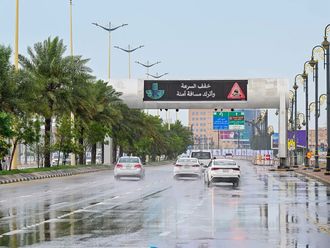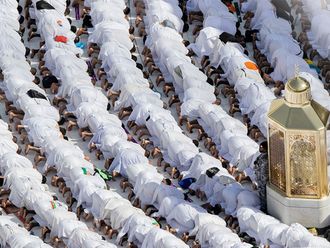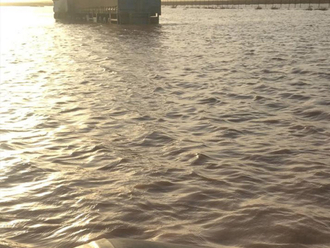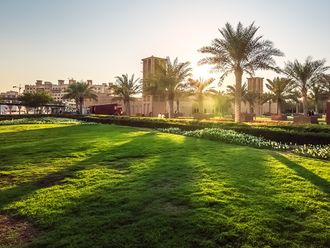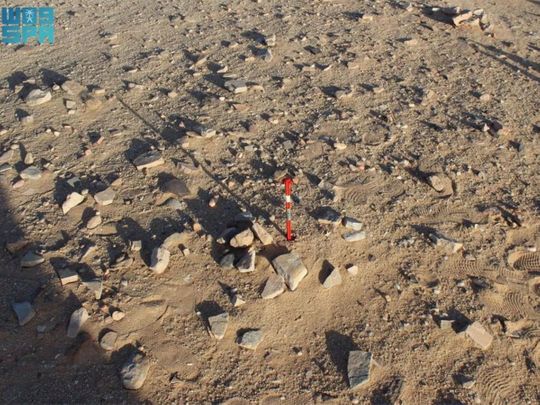
Dubai: Saudi Arabia, in partnership with the German Max Planck Institute of Geoanthropology within the Green Arabia Project, has unearthed a significant prehistoric site near Jabal Irf in the Hail region.
The discovery, published in PLOS ONE magazine, unveils Neolithic grinding tools, providing valuable insights into the lives of ancient inhabitants.
A scientific team, comprising experts from Saudi Arabia, Australia, Britain, Italy, and the United States, is studying archaeological materials from various Neolithic sites. Located within the Jubbah Oasis, Jabal Irf has yielded traces of the Neolithic era.
The site, aside from its historical importance, boasts a unique natural landscape with stone structures, rock shelters, and evidence of seasonal human activity from the middle to late Holocene era.
Radiocarbon dating places the peak of human settlement here during the sixth and early fifth millennium BC. But what truly stands out in this discovery are the resilient stone pestles and mills that were used daily, even after wear and tear.
Some of these grinding tools were discovered inside fire stoves, covered with small stones and fragments of broken pestles. These tools were crucial for plant preparation and bone grinding, shedding light on the dietary habits of Neolithic humans.
Additionally, the study of stone mills reveals insights into dietary preferences and hints at the shift from hunting to cultivation based on available resources.
During the Neolithic era, animal marrow from bone grinding was a vital food source, given the presence of various wild animals in the region. These tools also played a role in producing pigments for art, a common feature in the northern Arabian Peninsula, possibly used for cosmetics.
These grinding tools continue to be used today in rural areas where agriculture remains the primary source of sustenance, emphasising their historical and ongoing significance.
This discovery offers new insights into the resourcefulness of ancient societies that thrived long before written history. It underscores the dedicated efforts of the Heritage Commission and aligns with the national strategy outlined in Saudi Vision 2030, focusing on cultural and economic growth.


